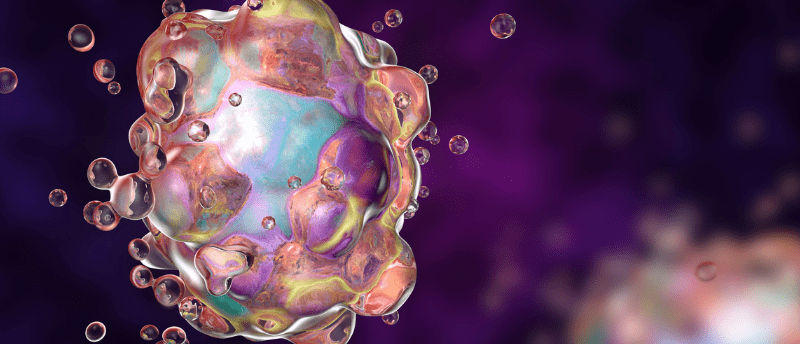Incucyte® applications: 3D cell culture

In this compendium of applications, Sartorius demonstrate the power and flexibility of the Incucyte® Live-Cell Analysis System for the study of spheroids and organoids in foundational research, disease modeling and drug screening.
Organoids are rapidly becoming a powerful tool for both basic research and drug discovery, spanning a wide range of applications including oncology, regenerative medicine, disease modeling, and drug screening. These 3D organotypical structures can be grown in vitro to produce miniaturized versions of the organs from which they were derived. As self-organizing and self-renewing 3D structures, organoids offer a distinct advantage over traditional monolayer culture techniques and offer a more physiologically relevant milieu in which to understand complex biology with greater clarity. When established with 3D extracellular matrices, the cultures can recapitulate the in vivo architecture, spatial organization, and genetic diversity of the cell populations found in the original organ with remarkable fidelity.
Our understanding of human diseases and the development of therapeutic strategies to combat them are being advanced with the use of ground-breaking in vitro 3D cell culture models, including single and multicellular tumor spheroids and organoids. These models can display structural, morphogenetic and functional properties that resemble in vivo pathophysiology, creating a more physiologically relevant setting for predictive and translational research.
Tumor spheroids have a microenvironment that more closely resembles that of tumors in vivo and as a result, offer significant advantages over monolayer cultures. In conventional 2D culture platforms, tumor cells are grown on non-biological rigid surfaces in excess culture medium, producing hyper-oxygenated and hyper-nourished cells with unrestricted and non-physiological proliferation characteristics. A more realistic setting involves recreating the physiologic heterogeneity inherent to a 3D tumor structure and providing a microenvironment similar to the in vivo situation, which includes key interactions between the tumor and the extracellular matrix (ECM). In these 3D spheroid cultures, the cell environment can be reproduced with higher accuracy including cell-cell and cell-matrix interactions.
This content was provided by